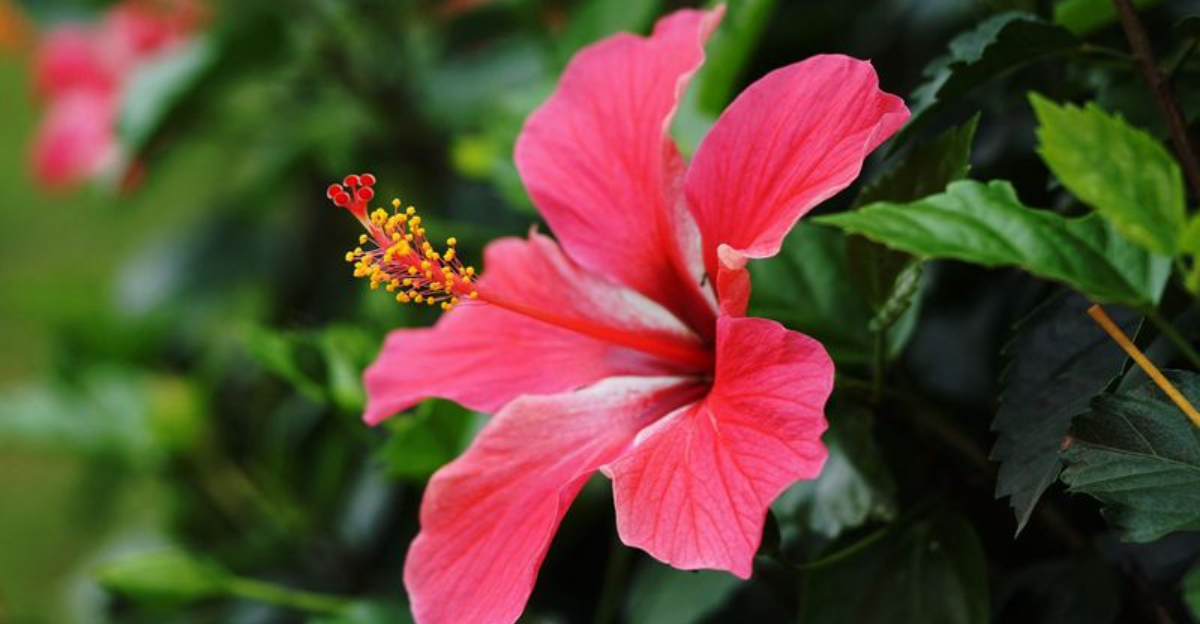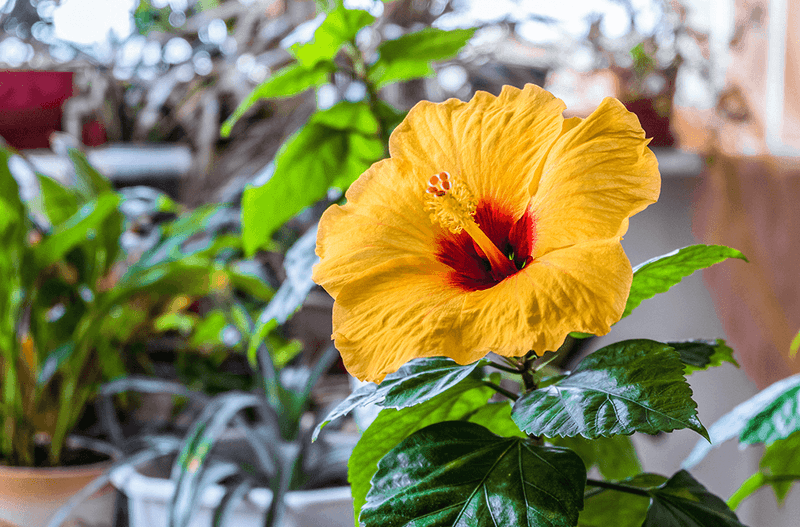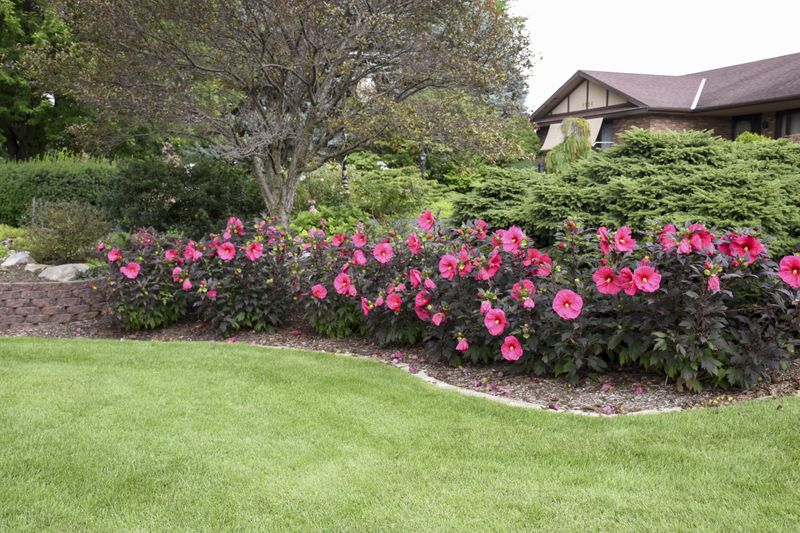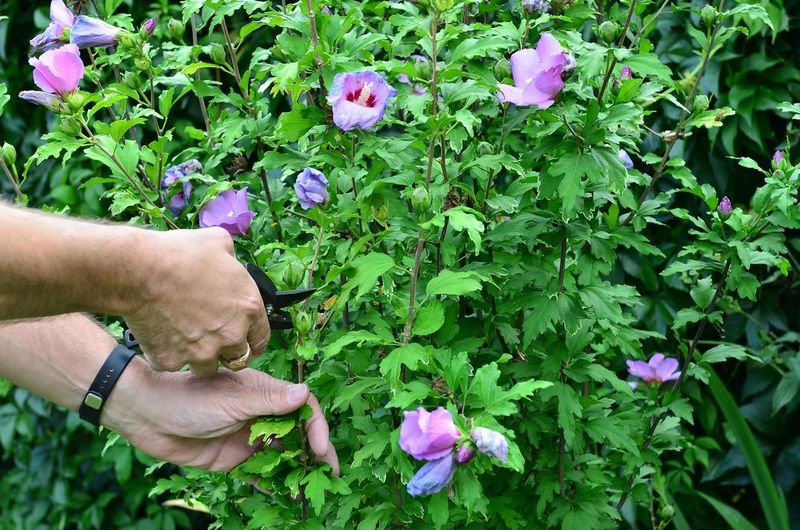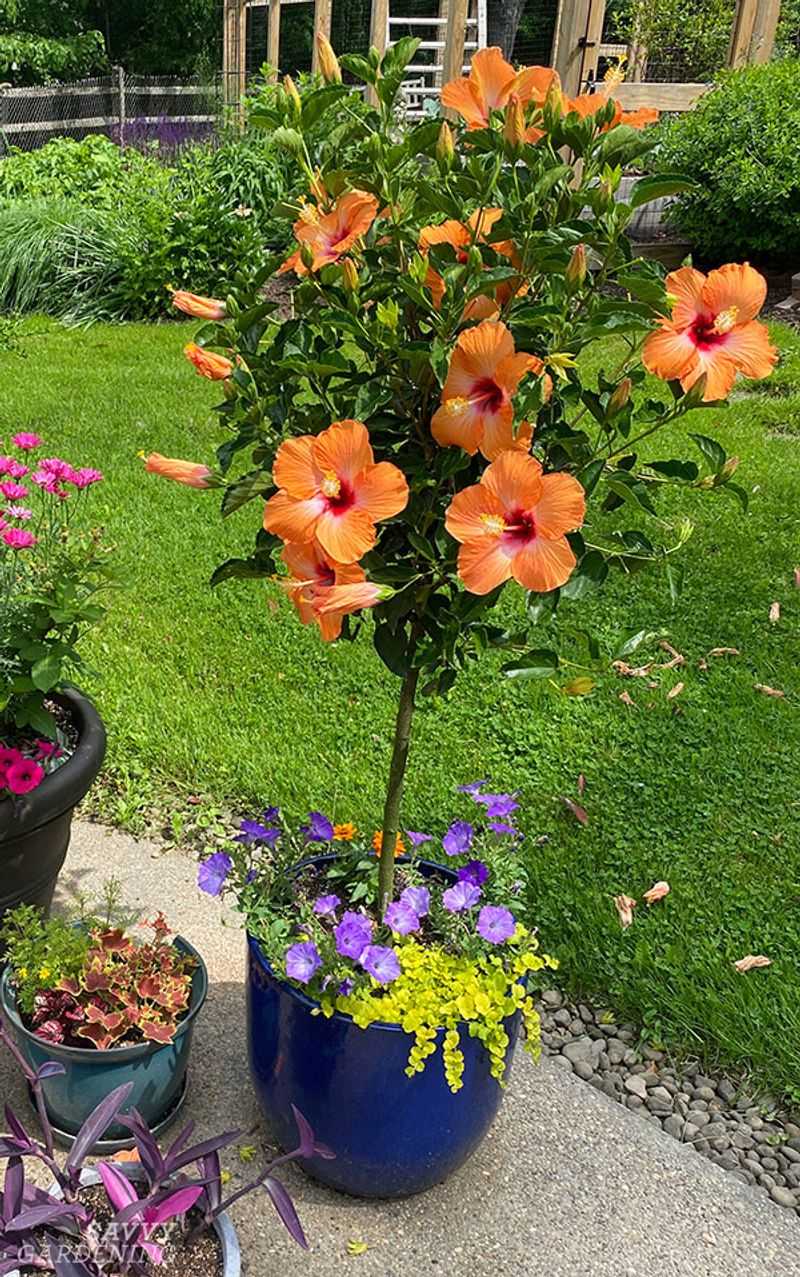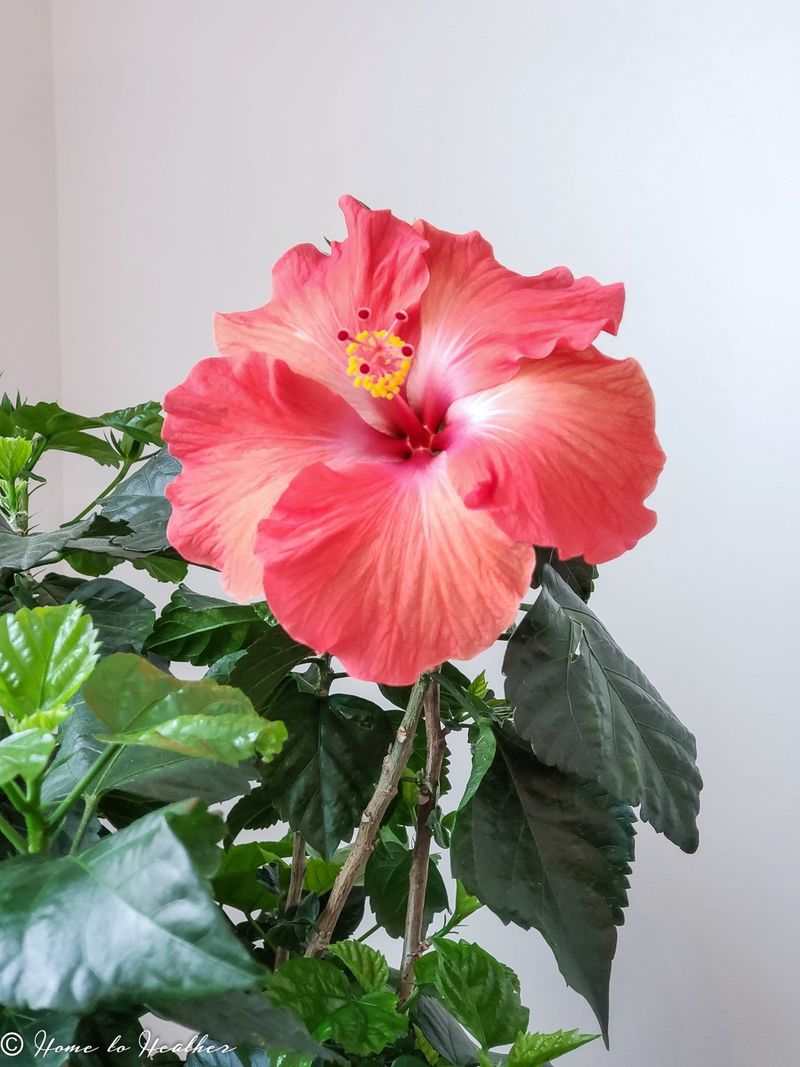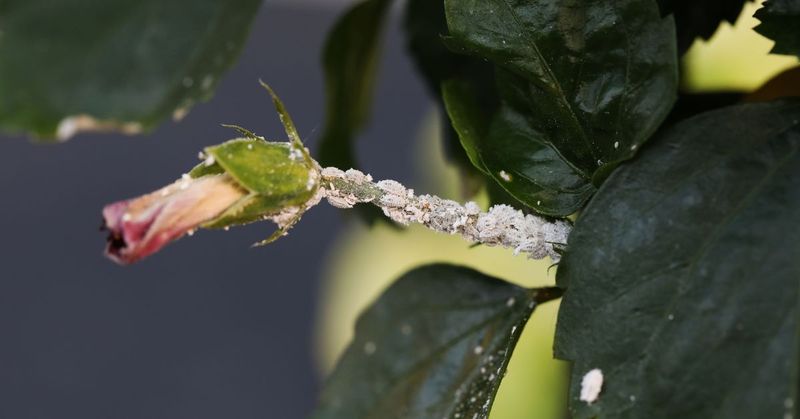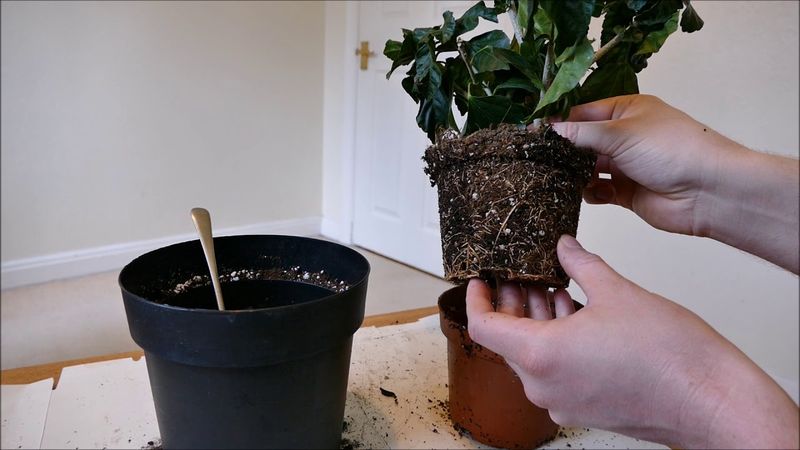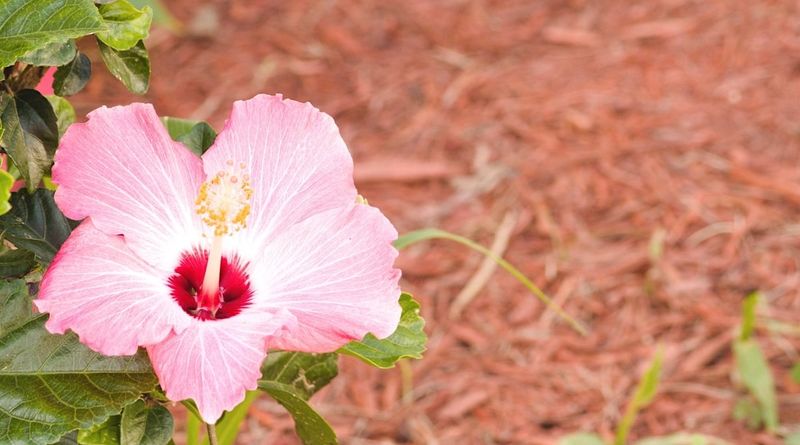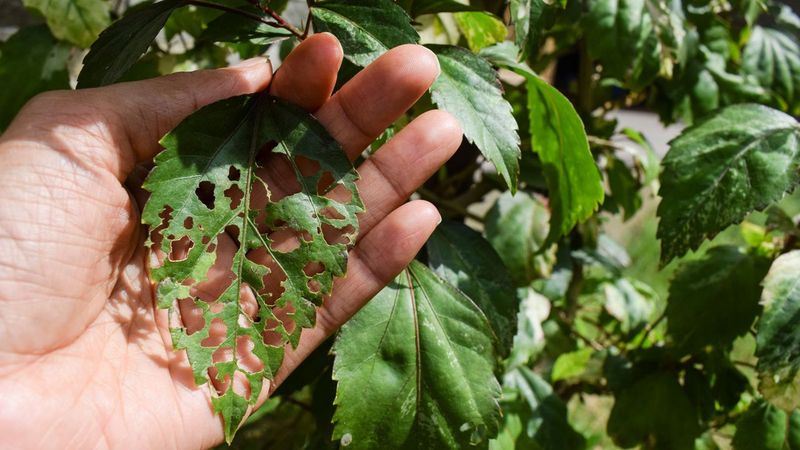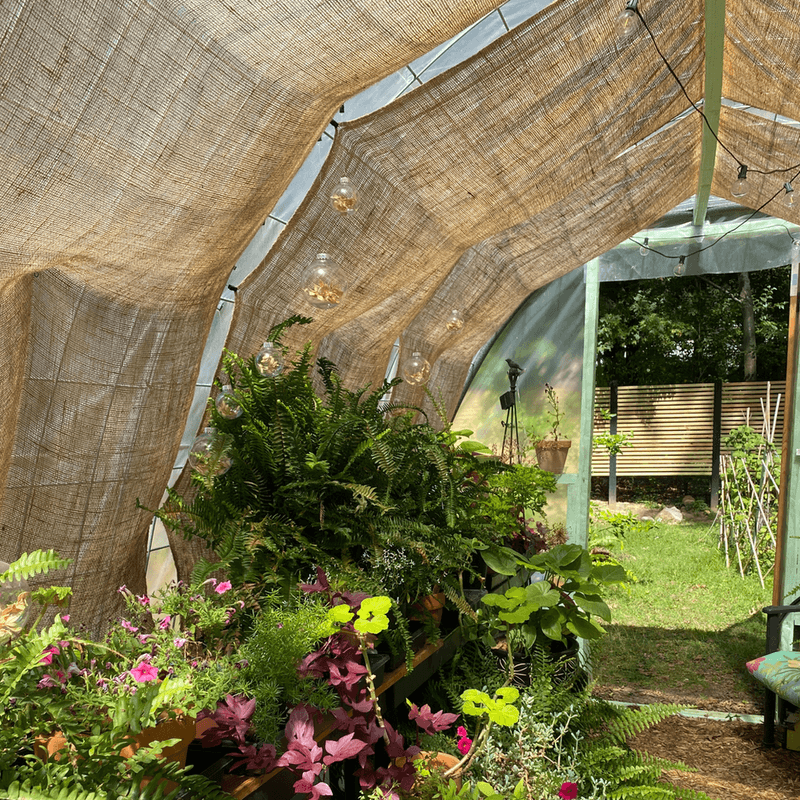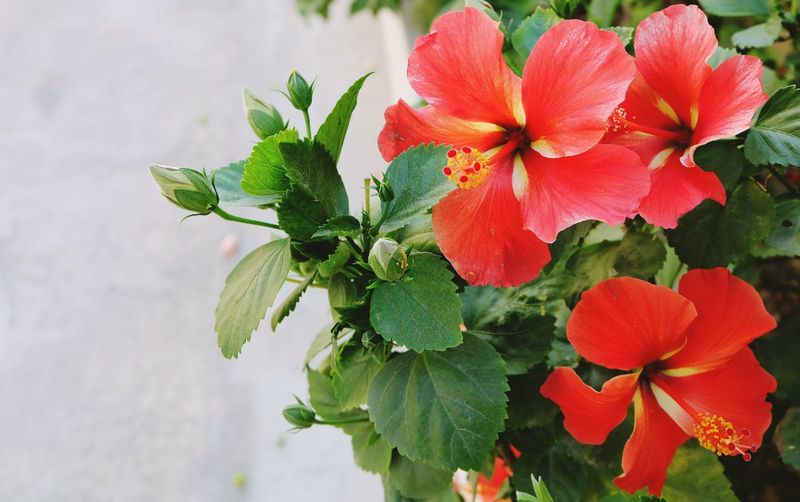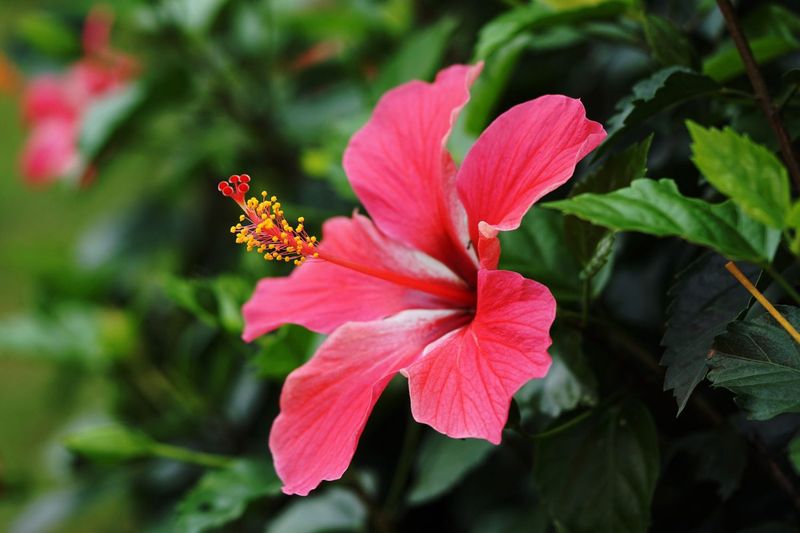Caring for hibiscus, whether tropical or hardy, requires a balance of sunlight, water, and attention to detail. These versatile plants, known for their stunning blooms, can thrive both indoors and outdoors with the right care.
1. Variety Selection
Choosing the right variety of hibiscus is crucial for successful growth. Indoor gardeners should opt for tropical hibiscus, which brings vibrant colors indoors. Hardy varieties thrive outdoors, enduring colder climates.
Research different types and consult local garden centers to match your environment. Selecting the right type saves time and enhances beauty. Each variety has unique needs, so understanding them fosters healthy growth.
Additionally, consider the space available and desired bloom colors. Make an informed choice by considering your climate and specific needs, ensuring your hibiscus flourishes.
2. Sunlight Requirements
Sunlight is essential for hibiscus plants to bloom beautifully. They need 6-8 hours of direct sunlight daily. Position outdoor plants in sunny spots and indoor ones near south-facing windows. Insufficient light can lead to fewer flowers and dull leaves.
Monitor your plant’s exposure, adjusting as necessary to guarantee optimal sunlight. If indoor lighting is poor, consider supplemental grow lights.
Proper sunlight ensures vibrant colors and healthy growth. Remember, sunlight is the lifeline for your hibiscus, so prioritize its placement for stunning blooms.
3. Watering Routine
Proper watering is key to hibiscus health. Check the soil moisture by touching the top inch; water only when dry. Overwatering leads to root rot, while neglect causes wilting. Establishing a consistent routine helps maintain vibrant growth.
Use well-draining pots for indoor plants and ensure garden soil isn’t compacted outdoors. Adjust frequency based on climate and season, as hibiscus may require more water in warmer periods.
Always aim for balanced hydration, allowing roots to breathe and thrive. Consistency in watering fosters a healthy, flourishing plant.
4. Soil Needs
The right soil mix is fundamental for hibiscus vitality. Opt for well-draining soil with a slightly acidic to neutral pH. Incorporate perlite or sand to enhance drainage and prevent waterlogging.
Indoor plants benefit from potting mixes designed for tropical plants. Testing soil pH ensures it meets your hibiscus’s needs, promoting robust root systems. Garden centers can provide soil tests and amendments if necessary.
Proper soil structure aids in nutrient uptake and prevents diseases. Investing in quality soil results in a thriving, beautiful hibiscus display.
5. Fertilization
Regular fertilization fuels hibiscus growth, ensuring lush foliage and abundant blooms. Use a balanced, water-soluble fertilizer every 2-4 weeks during the growing season. This provides essential nutrients, supporting vibrant colors and healthy development.
Follow package instructions for dilution to avoid over-fertilization, which can harm the plant. Adjust frequency based on plant response and growth stage.
Fertilization is especially crucial for potted plants with limited soil resources. Consistent feeding keeps your hibiscus thriving and visually stunning.
6. Pruning
Pruning is vital for maintaining a healthy, attractive hibiscus plant. Regularly remove dead or weak branches to encourage new growth. Trimming spent blooms not only tidies the plant but also promotes bushier development.
Proper pruning increases airflow, reducing disease risk. Use sharp, clean tools to make precise cuts, and prune during the dormant season when the plant is less active.
Tailor your approach based on plant size and growth patterns. Thoughtful pruning results in a lush, robust hibiscus that enhances any space.
7. Temperature Control
Hibiscus plants are sensitive to temperature changes. For indoor plants, avoid drafts and cold windows to prevent stress. Outdoors, protect hibiscus from frost using covers or by bringing pots inside.
Ideal temperatures range from 60-85°F (15-29°C) for optimal growth. Monitor weather forecasts and adjust care accordingly. Temperature fluctuations can lead to leaf drop and reduced blooming.
By maintaining stable conditions, your hibiscus will remain healthy and vibrant, ready to impress with its stunning flowers.
8. Humidity Levels
Maintaining proper humidity levels is crucial for indoor hibiscus. Low humidity can lead to leaf drop and stress. Use a humidifier or place a pebble tray with water near the plant to boost humidity. Grouping plants can also create a more humid microclimate.
Monitor humidity levels, aiming for 40-60% for best results. Adjust your methods based on seasonal changes, as indoor heating can dry the air. Proper humidity ensures lush foliage and continuous blooming, making your indoor hibiscus a thriving centerpiece.
9. Pest Management
Pests can quickly damage hibiscus plants if left unchecked. Regularly inspect your plants for aphids, spider mites, and whiteflies. Early detection allows for prompt treatment, minimizing harm.
Use organic pesticides to control infestations, preserving beneficial insects. Keep the foliage clean and healthy, as stressed plants are more susceptible to pests. Encourage natural predators like ladybugs for added protection.
Tailor pest management strategies to your environment, ensuring effective control and avoiding plant damage. Vigilance is key to a healthy, pest-free hibiscus.
10. Repotting: For indoor hibiscus, repot every 1-2 years to refresh soil and accommodate growth.
Repotting is essential for indoor hibiscus to thrive. Every 1-2 years, refresh the soil and provide more space for growing roots. Choose a slightly larger pot with good drainage. Carefully remove the plant, inspect roots, and prune any that are damaged.
Add fresh potting mix, ensuring the plant is at the same depth as before. Repotting invigorates the hibiscus, encouraging new growth and continued blooming.
It also prevents root-bound conditions and nutrient depletion, keeping your indoor plant healthy and vibrant.
11. Mulching (Outdoors)
Mulching is a beneficial practice for outdoor hibiscus care. Apply a thin layer of organic mulch around the base to conserve soil moisture and suppress weed growth. This layer acts as insulation, regulating soil temperature.
Choose materials like bark, straw, or compost for best results. Maintain a gap around the stem to prevent rot. Mulching enhances soil health, promoting better growth and flowering.
Refresh the mulch layer annually or as needed, adapting it to seasonal changes. This simple step supports a thriving outdoor hibiscus garden.
12. Disease Prevention
Preventing disease is crucial for hibiscus health. Ensure good air circulation by spacing plants properly and removing excess foliage. Avoid overhead watering, as wet leaves increase fungal risk. Water at the soil level to keep foliage dry.
Regularly inspect your plants for signs of disease, addressing issues promptly. Clean pruning tools to prevent contamination and spread.
Proper disease prevention strategies protect your hibiscus from common ailments, ensuring robust growth and vibrant flowers. A proactive approach keeps your plant flourishing.
13. Sun Protection
In hot climates, sun protection is vital for hibiscus health. Use shade cloth to shield plants from intense midday sun, preventing leaf scorch. Position the cloth to allow morning and late afternoon light, maximizing photosynthesis while reducing stress.
Monitor plant response, adjusting coverage to weather conditions. Proper sun protection maintains leaf color and bloom quality.
This technique is especially beneficial during heatwaves, ensuring your hibiscus remains lush and healthy. Thoughtful shading supports robust growth and stunning displays in challenging climates.
14. Support Structures
Support structures are essential for larger hibiscus varieties. Staking or using supports prevents branches from breaking under weight. Position supports early, tying branches gently to avoid damage.
This encourages upright growth and better air circulation, reducing disease risk. As the plant matures, adjust supports to accommodate new growth. Proper support enhances plant aesthetics and health, ensuring flowers and branches are displayed beautifully.
Planning and implementing support structures in advance fosters a thriving hibiscus, ready to impress with its size and blooms.
15. Seasonal Adjustments
Seasonal adjustments in care ensure hibiscus plants thrive year-round. Alter watering frequency and fertilization according to climate and growth cycles. In winter, reduce watering and halt fertilization as the plant enters dormancy.
Resume regular feeding and watering in spring, supporting new growth. Monitor weather patterns to adapt your routines, ensuring the hibiscus receives optimal care.
These adjustments prevent overwatering and nutrient imbalances, fostering resilience and vigor. Understanding your hibiscus’s seasonal needs enhances its beauty and health, keeping it flourishing.
